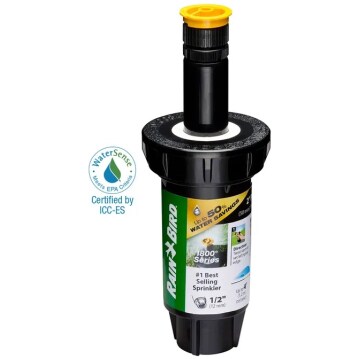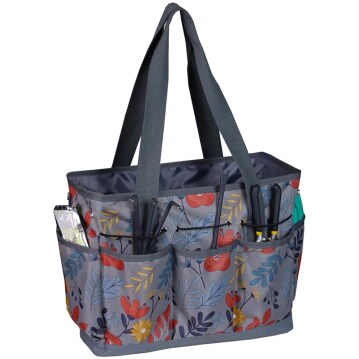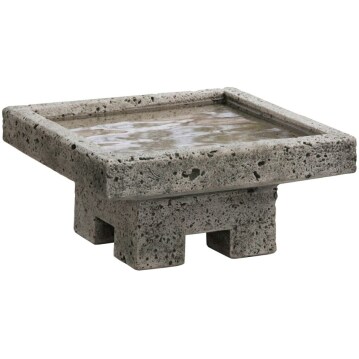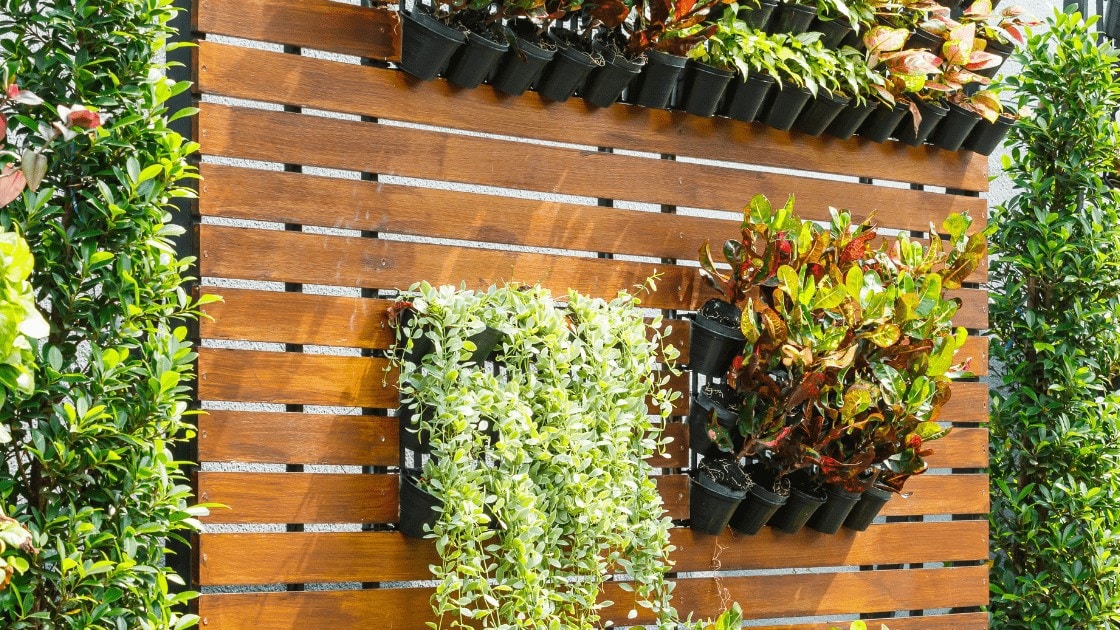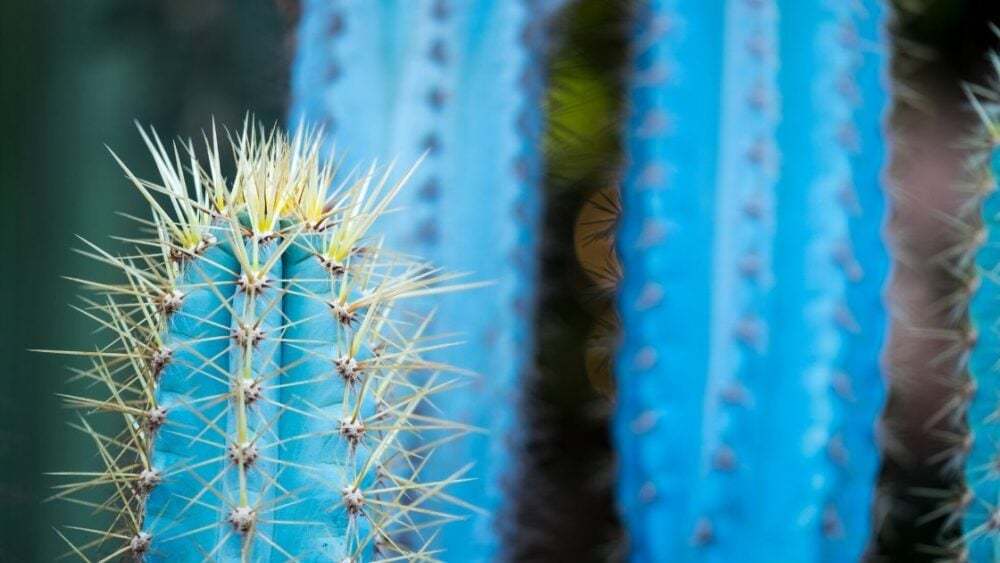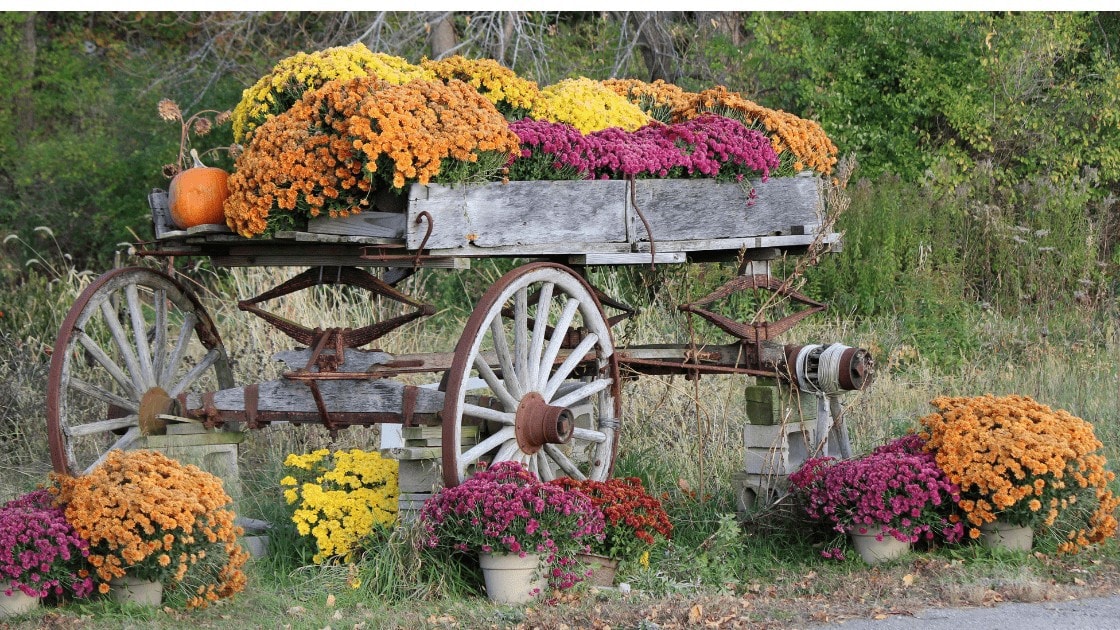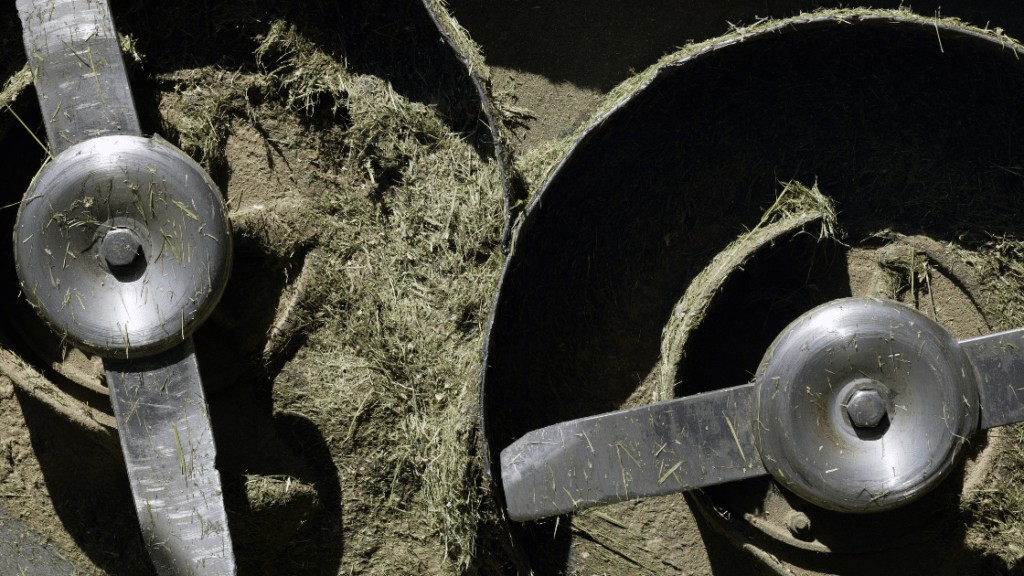
There are two basic approaches to mowing a lawn – catching (also known as ‘bagging’) and mulching:
Catching: Regular, non-mulching lawn mower blades are lightweight and sharp, without much curvature – they are designed to efficiently cut any grass they come into contact with, after which the clippings are usually automatically ‘bagged’ into a container or a bag. After this, the accumulated grass material can be disposed of or composted.
Mulching: The second approach, known as mulching, aims to skip the bagging and composting step – it simply cuts the grass into much finer clippings, which then fall back on the lawn. Eventually, those clippings get naturally composted and broken down by composting bacteria and fungi, after which the nutrition they contain goes back into the soil, fueling new growth. In favorable conditions, this process can go on indefinitely and create a sustainable cycle.
Browse our Affiliate Products
The mulching approach is often more practical, easier and more Eco-friendly. Not only does it not require the additional labor of disposing bags of grass clippings, but it also largely avoids the need for fertilization, because most of the nutrition available in the soil is being recycled.
What Exactly Are Mulching Blades And How Are They Different From Normal Blades?
Mulching blades have a special design, which allows large grass clippings to be cut multiple times by the spinning blade. This is achieved by a special curvature in the blade, often combined with more surface area occupied by a sharp cutting edge. Various improved mulching blade designs exist, such as the copperhead blade, which has a special, toothed cutting edge.
It’s important to note that because they are usually less efficient, mulching blades are not suitable for use on overgrown lawns. Use them only if you have a regular mowing schedule. As soon as grass is left to grow out for more than 5-7 days, the grass blades will be too long for a mulching blade to deal with, resulting in a lot of clogging in your mower.
Mulching is also best performed in dry conditions, before the lawn has been watered – any water droplets stuck to the grass will prevent proper mulching by the blade, as the leaves stick to the blade and to the body of the mower.
If your in the market for a mower, check out this article below:
What Are The Benefits of Mulching Blades?
When properly used, mulching has a lot of benefits compared to catching and throwing away the clippings. Here are some of the main benefits of mulching blades and mulching in general:
The soil remains nutritious and doesn’t require fertilization
Plants grow and evaporate water, but all the nutrition absorbed from the soil remains in the leaf mass. This means that long-term, allowing any cut grass do decompose back into the soil will completely recycle all of the nitrogen, phosphorus and other compounds necessary for supporting plant growth.
This virtually eliminates the need for fertilization and will keep your lawn green and vibrant-looking. It’s important to note that this is a long-term process – the decomposition of the clippings can take a long time and in dry conditions, large clippings may remain on top of the soil without getting composted. In unfavorable conditions, it may take months before the nutrition found in the clippings becomes water soluble and makes its way into the soil.
Hassle-free mowing and less labor required
Another great appeal of mulching is that it saves you a lot of energy, labor and time. You don’t have to collect grass clippings and don’t have to dispose of any bags. However, as we’ll discuss later, mulching is a bit more energy-hungry and may take a bit longer, depending on the power of your lawn mower.
Less frequent watering required
The mulch layer created by mulching blades remains on top of the soil and slows down the evaporation of water. For this reason, mulching is useful not only for lawns, but for all types of garden plants – especially plants that require frequent watering, like cucumbers, tomato and most other vegetables.
Some people tend to think that the large amount of clippings created by mulching will create a huge mess – grass clippings will start sticking to their shoes and then will be brought back inside the house. In fact, regular, non-mulching mowing creates a large enough amount of leftover clippings to create the same problem, so this is not really something to be concerned with. Unless you walk with wet shoes over dry clippings, they won’t really accumulate on the soles of your shoes.
Amazon offers some great deals on mulching blades as seen below.
Can you Mulch Tree Leaves?
Mulching blades do a great job of creating mulch out of dry, fallen tree leaves. If your lawn has a large tree growing in it, you can successfully mulch all the fallen leaves and leave them as a fertilizer for the lawn.
The mulched leaves can also be used for composting, or can be used to create mulch layers for different plants in your garden. Keep in mind that mulching very dry leaves creates a lot of fine dust – make sure to wear a respirator to avoid breathing it in.
If you’re going to be mulching tree leaves directly on top of your lawn, it’s important to not create too thick of a mulch layer – layers thicker than 2-3 inches can suffocate grass by reducing the amount of light that reaches the leaves. At a certain point, the blades of grass don’t have enough energy to break through to the surface without sunlight and eventually die. This phenomenon doesn’t occur commonly, but is something to keep in mind.
Generally, if there isn’t to many leaves, it won’t become a problem. Only when fall comes around, this may become an issue depending on how much leaves you have on a lawn.
Can You Mount a Mulching Blade on Any Lawn Mower?
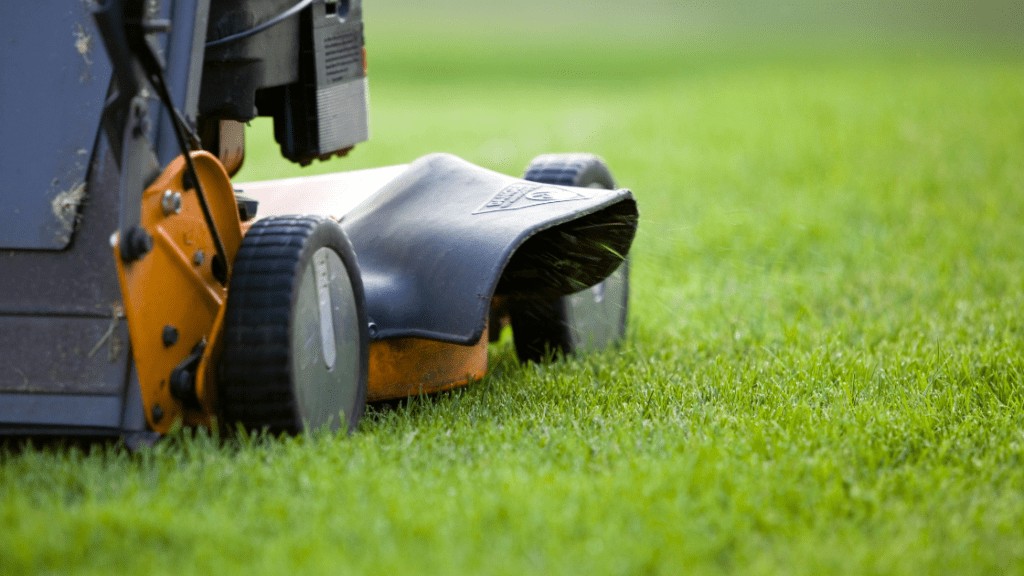
Most lawn mowers can use mulching blades if they are sufficiently powerful. Because mulching takes several times more energy compared to regular mowing, low-power mowers won’t really be able to supply enough torque for comfortable mulching.
Usually, mowers with a rating of less than 2 to 3 HP are not suitable for mulching, but there are exceptions. The ability of low-power mowers to use mulching blades also depends on how often you plan on mowing your lawn.
Using a very low-power lawn mower for mulching is feasible if you plan on mowing every 2 to 3 days. Severely overgrown lawns will typically require the initial use of regular, non-mulching blades, even when a powerful lawn mower is used.
It’s important to note that mulching blades have a proper orientation. One side of the blades usually has a ‘bottom’ or a ‘top’ label on it. This is because the curvature of the blades should create airflow in the proper direction in order to cut the grass clipping multiple times. Most often, people neglect their lawns over a long period of time making it difficult to maintain, and in turn, problems arise. You can read more about it here. What Can Possibly Happen if you don’t Cut Your Grass?
Disadvantages of Mulching & Things to Keep in Mind
In most cases, mulching is an excellent alternative to catching & bagging. However, if done carelessly, it can have some negative effects on you lawn. Most of the problems caused by mulching arise because of a thick layer created by adding too much additional mulch – the amount naturally created in a given area by running the lawn mower over it will almost never lead to problems.
Mulch blades work slower compared to regular blades
This is mainly noticeable on less powerful mowers, which will require moving the mower a bit more slowly to achieve proper mowing to an even level.
Thick mulch layers can suffocate plants
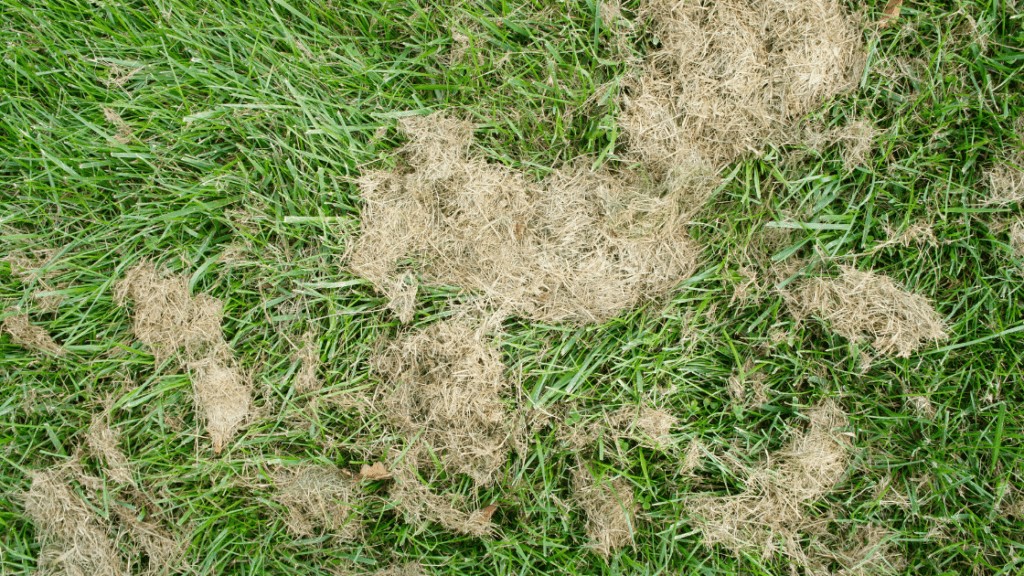
Mulch layers that are too thick can block too much light and prevent any plants from being able to break through to the surface. Generally, this is not a problem for regularly mulched lawns, but can become a problem if you’re adding a lot of mulch from tree leaves.
Thick mulch layers can attract pests
The moisture accumulated in thick mulch layers can become a breeding ground for hungry slugs and snails. Again, this will happen only with thick layers that don’t decompose fast enough.
Mulching is less energy-efficient
Obviously, mulching requires the grass clippings to be cut multiple times, which requires additional energy. For that reason, low-powered mowers may have some trouble with mulching blades, especially if you’re mowing an overgrown lawn. However, the amount of energy and labor saved by avoiding the bagging and transporting of cut clippings makes up generously for the small additional fuel or electricity expenditure.
Mulching blades may require some occasional sharpening
Mulching blades have to be sharper than regular blades in order to do their job correctly. Dull mulching blades perform noticeably worse compared to brand new, sharp blades. Therefore, occasional sharpening is recommended. This is not to say that regular blades will remain sharp forever and mulching blades won’t, it’s just that their drop in performance is higher as they start to become duller. Purchasing more expensive and high-quality blades manufactured by reputable brands can greatly eliminate this issue.
Sharpening mulching blades is generally not an easy job, as they have a longer cutting edge and many curves. Several different types of sharpening files are usually required. If you’re not handy and not confident in your ability to deal with machinery, it’s recommended to have a professional perform the sharpening or to simply purchase brand new blades.
Final Thoughts
Mulching blades are an excellent alternative to regular blades and their advantages almost always outweigh their disadvantages. Mulching blades save a lot of time and energy and naturally recycle the cut plant material to allow the soil nitrogen to be partially or completely recycled.
Before installing mulching blades, make sure that your mower is powerful enough and keep in mind that mulching blades don’t work great for lawns that haven’t been mowed for more than a week or so. Mulching blades can be used on fallen tree leaves and any other soft plant material to break it down into finer particles, suitable for sprinkling on top of soils.

